Ceilings play a crucial role in the overall aesthetic of any home. However, they are often neglected and can experience significant wear-and-tear over time. Recognizing these issues and addressing them early on can prevent costly repairs.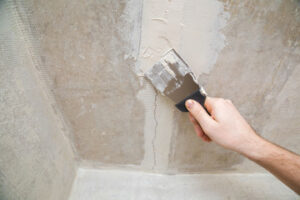
Conducting periodic inspections helps homeowners identify cracks, stains, and plaster damage. Addressing these issues early on will help mitigate the impact of environmental stressors. Contact Ceiling Repair Perth for professional help.
If your ceiling has cracks in it, it’s important to address them right away. Not only can they look unsightly, but they often indicate structural problems in the building that could affect the health and safety of occupants. Cracks are also a sign of underlying issues, such as foundation subsidence or shifting walls, that require immediate attention to prevent more severe damage. Cracks in ceilings are generally caused by pressure from the floor above, settling of the house, or water leaks. Ignoring them can lead to serious issues down the line and lead to even more expensive repair bills.
Hairline cracks along the edges of a ceiling are usually normal, but long horizontal cracks, particularly those that match up with wall cracks, may signal an underlying problem. If the cracks are accompanied by bowing of the floor above or doors that stick in their frames, it’s time to consult a professional.
Depending on the cause, the cracks may be easy to repair or more complicated. Wide cracks or those that go through light fixtures and ceiling vents will likely need to be cut out with a saw and patched. If they are accompanied by blistered paint around the crack, that indicates moisture and needs to be addressed immediately.
A simple solution for repairing ceiling cracks is to use fiberglass mesh tape, the same type of material used to connect seams when installing drywall. Apply a layer of joint compound over the area and then place the tape on top. Apply another layer of joint compound over the tape, working it into the crack to embed it.
When the cracks are repaired with this method, it’s important to smooth the surface and sand it down before painting. This will help conceal the patch and prevent it from flaking off in the future.
It’s also a good idea to put down a tarp or sheet of plastic in the room where you’re going to work. Since you’ll be loosening debris, applying mud, and making a general mess while you’re repairing your ceiling crack, it’s best to protect the flooring in the room from dirt, paint, and other hazards.
Water Stains
Water stains on your ceiling can be an indicator of bigger problems in your home. They can indicate a leak in your roof, damage to plumbing, or even a sagging ceiling due to structural issues. It’s important to address water stains in your home as quickly as possible to minimize damage, control mold growth, and prevent potential health concerns.
A sagging, stained ceiling isn’t just unsightly; it can also be dangerous. If not treated promptly, water stains can lead to rot and mold and can even cause wood pieces in the ceiling to warp or break. Additionally, if a water stain is left untreated, it can cause the drywall and insulation in your attic to deteriorate, causing additional damage and potentially increasing your repair bill.
Water stains in your ceiling can be difficult to remove, particularly if they have been there for a long time. A professional can help you to identify and address the underlying issue, clean up the damaged area, wash the ceiling and apply a stain blocking primer, then repaint your ceiling. When choosing a paint color, it’s important to pick one that will match the existing color of your ceiling so the repair work doesn’t stand out.
The first step in repairing a water stain is to locate and fix the source of the problem. This may involve repairing your roof or plumbing, and it may be necessary to remove and replace the damaged areas of your ceiling. Once the damaged area has been cleaned and a stain-blocking primer is applied, it’s then important to repaint your ceiling in order to achieve a uniform appearance. Make sure to choose an oil-based primer that’s mold and stain resistant in order to ensure the paint will last and not leak through over time. Be sure to use a quality latex paint that matches your ceiling for best results. It’s also important to keep an eye out for any new water stains or signs of moisture in the future to ensure that your home is protected from further damage. With proper maintenance and inspections, your home can be free of water stains for years to come.
Wood Rot
Wood rot can cause serious structural damage to your home, and it is a common problem in areas that are exposed to moisture. It can be caused by a variety of factors, including leaks, poor ventilation, and soil conditions. If left untreated, it can wreak havoc throughout the structure of your home and lead to costly repairs. If you notice a rotting area in your ceiling, it is essential to act quickly.
The first step in repairing wood rot is to identify the source of moisture and stop it from causing further damage. This may involve fixing a leaky roof, improving ventilation, or cleaning up any water sources that could be causing moisture problems in the area. Next, remove any areas of severely damaged wood with a saw or chisel, ensuring that you remove all of the rot and about a centimetre of healthy wood surrounding it. This step is essential to prevent future rot in the area and to protect any structures that are relying on that area for support.
Once the area is free of any rotting wood, it should be thoroughly cleaned and treated with a fungicide. This will kill any remaining fungus and help to protect the healthy wood from further outbreaks of rot. It is also important to ensure that the area is completely dry before proceeding to the next step.
When applying epoxy, it is best to use a wood filler that is specifically designed for exterior wood applications. This will ensure that the repair is strong and durable. The wood filler will also be able to withstand rain and other weather elements, which can further protect your home from future rot.
Once the wood is repaired and sanded, you can then apply a coat of exterior sealant to protect it from moisture and dirt. This will protect the wood and help it last longer, reducing the need for frequent repairs. If you are looking to sell your home, it is a good idea to fix any visible rot before putting it on the market. Not only is it unsightly, but it can be a red flag for potential buyers who will wonder what other deferred maintenance the property has seen.
Structural Issues
Ceilings play a significant role in the structural integrity of a building. Consequently, it is important to recognize signs of damage in order to initiate prompt and effective repairs. These include cracks, water stains, and sagging. These issues are usually indicative of underlying problems that should be addressed for the long-term health and safety of occupants.
While many cracks are harmless hairline fractures, if they become wide or form a pattern, this may indicate a more serious problem. Moisture is also a common cause of cracking, as it affects the expansion and contraction of building materials. Water infiltration through the roof or plumbing is a major concern, as it can lead to unsightly stains and even compromise the structural integrity of the ceiling. This can be prevented by regularly conducting inspections, repairing leaky pipes and roofs, and waterproofing the ceiling as appropriate.
In some cases, a hole in the ceiling is caused by damaged pipes or electrical work. A professional should assess the problem and recommend appropriate repair methods. It is important to note that if a hole is accompanied by signs of mold or fungal growth, immediate remediation is essential to avoid further damage and potential health risks.
Homeowners with basic DIY skills can repair minor damage, such as small cracks or water stains. However, if the damage is extensive, or a sagging ceiling is present, it is best to hire a professional who has the necessary tools and experience to safely restore the structural integrity of the building.
Structural issues can range from simple to complex, depending on the root cause of the problem. For example, a large crack in the middle of a ceiling is usually indicative of foundation settling and should be checked by a professional. This process is influenced by environmental conditions and the type of soil on which the building was constructed. Inadequate construction techniques may also contribute to the settling of buildings, as they fail to take into account soil movement and other factors. Moisture absorption and release is another major factor influencing the expansion and contraction of building materials, which can lead to stress concentration in specific areas.

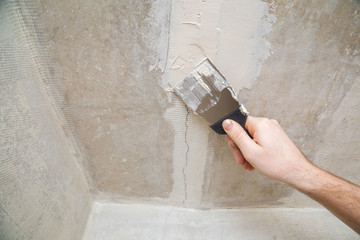
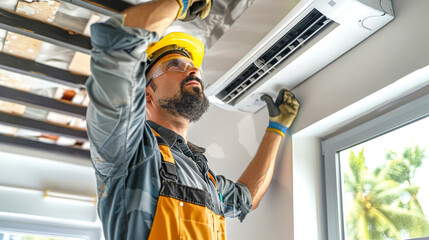
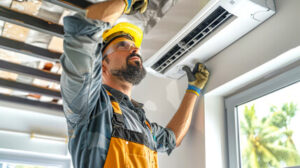



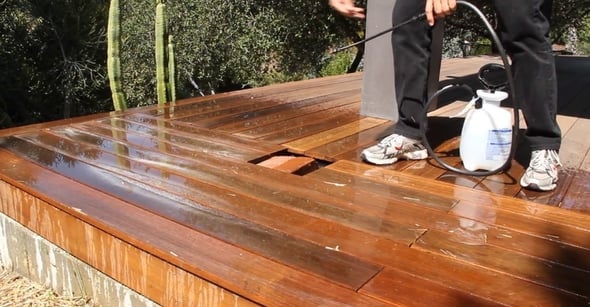
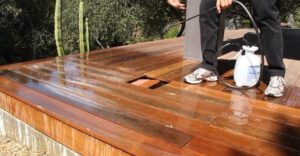


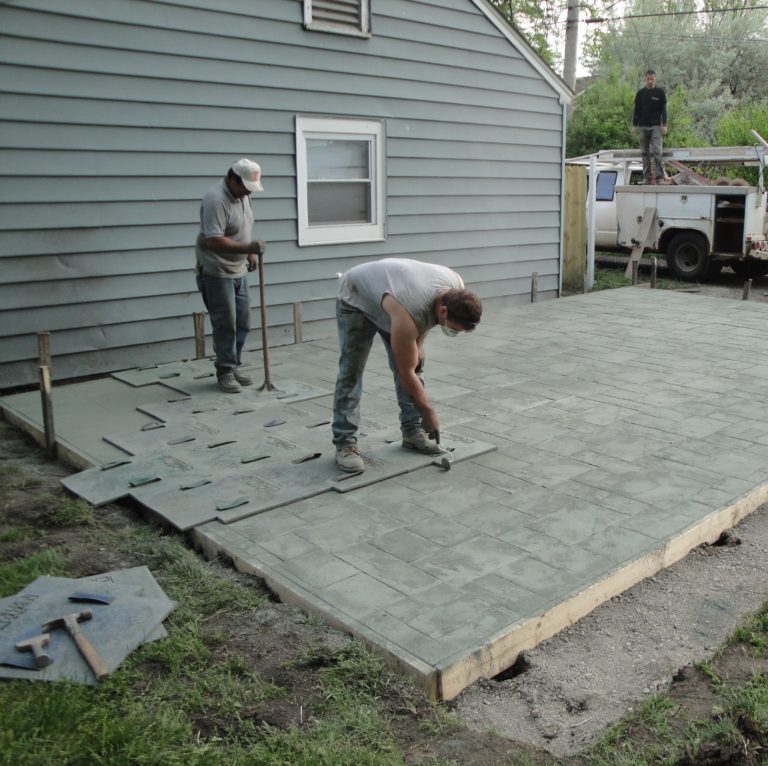
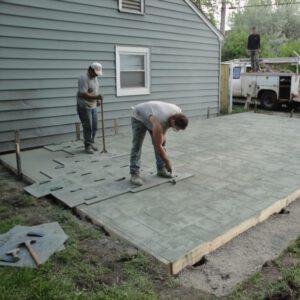 To create the desired patterns, you need to apply color-release material. This substance comes in two forms: liquid and powder. The cast-on color release uses calcium-releasing powders that repel water. The liquid color release uses an aromatic-based solvent. It is spread over the concrete surface before stamping. Liquid color release is sprayed on the bottom of the concrete stamp. The color-release material makes the concrete look durable. You can then use it to create the patterns you want.
To create the desired patterns, you need to apply color-release material. This substance comes in two forms: liquid and powder. The cast-on color release uses calcium-releasing powders that repel water. The liquid color release uses an aromatic-based solvent. It is spread over the concrete surface before stamping. Liquid color release is sprayed on the bottom of the concrete stamp. The color-release material makes the concrete look durable. You can then use it to create the patterns you want.